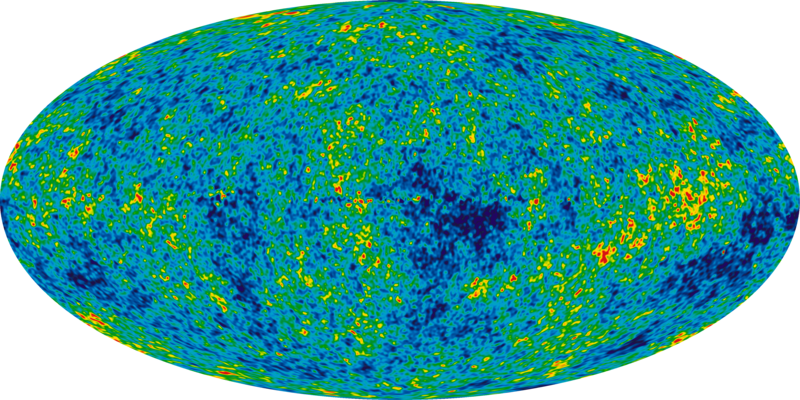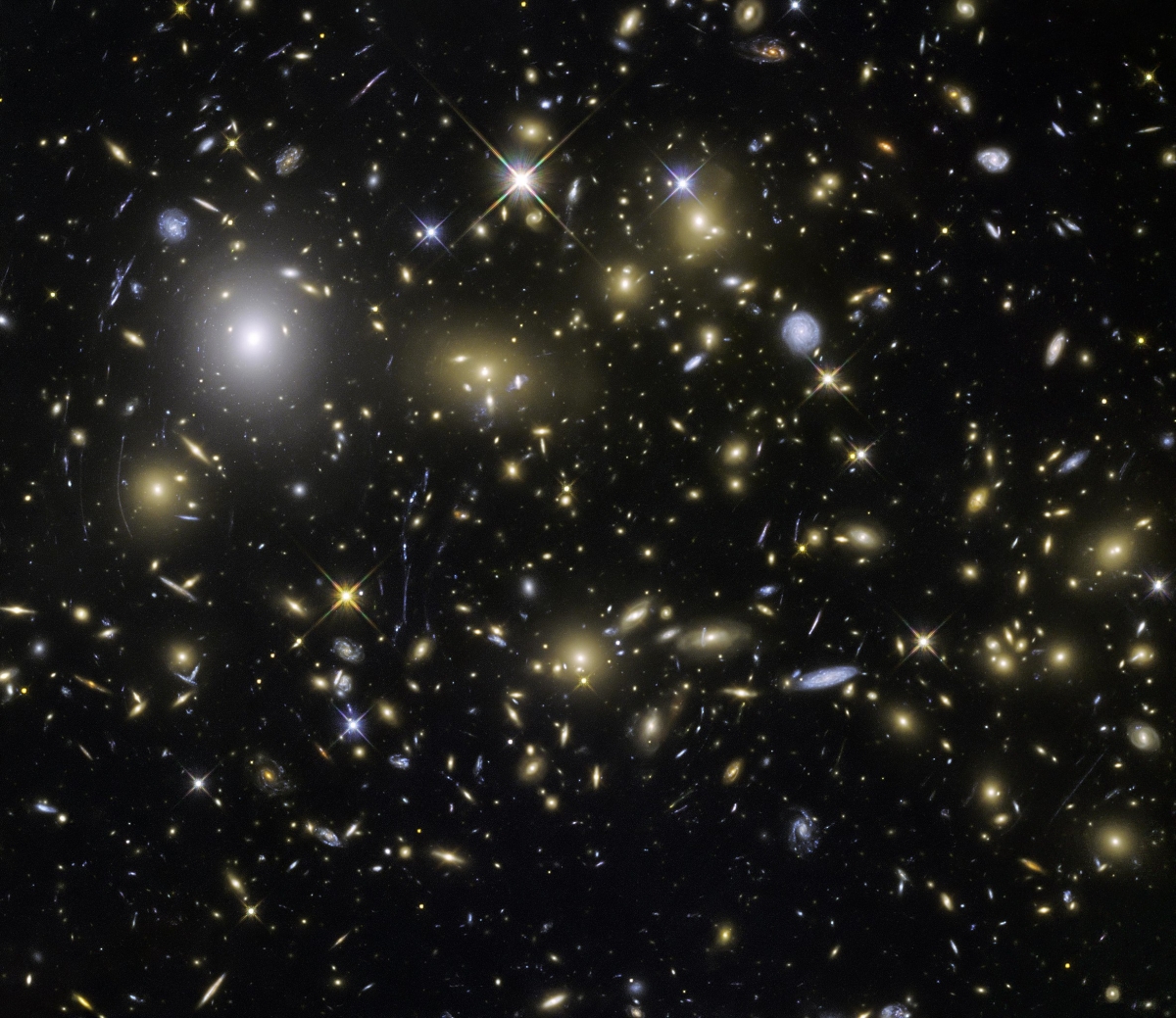Since almost 100 years, scientists are trying to find out what dark matter is. There is evidence for the existence of dark matter on different scales in our universe. We see its imprint in the cosmic microwave background, which can be thought of as the afterglow of the big bang; dark matter is responsible for the formation of large-scale structures in the universe and without dark matter, the stars in galaxies - like our Milky Way - would not hold together.
Most of this evidence is through the gravitational force. This tells us that dark matter must have mass. In fact, we can exclude from our observations, that dark matter interacts via the electromagnetic force and thus it doesn't interact with light - hence the name dark matter.
There are different approaches to explain dark matter, and most of them involve so far unknown elementary particles, e.g. so-called axions or WIMPs (weakly interacting massive particles). For each particle candidate, there are multiple ways to detect it.
The CRESST experiment is searching for WIMPs. These are hypothesized to be rather heavy elementary particles that only interact with normal known matter via some form of weak interaction. Through this interaction, they have a very small probability to scatter off an atomic nucleus.

Cosmic Microwave Background (CMB). The colors are artificial and represent small temperature variations in the early universe.
(Nine Year Microwave Sky; Credit: NASA / WMAP Science Team; https://map.gsfc.nasa.gov/media/121238/index.html; Version: 04-14-2014.)

Galaxy cluster MACS J0717.5+3745 as seen by the Hubble Space Telescope. Dark Matter played an important part in the structure formation in our universe.
(A snowstorm of distant galaxies; Credit: ESA/Hubble, NASA and H. Ebeling; https://esahubble.org/images/potw1017a/; Version: 08-16-2010; Original image has been cropped; License: Creative Commons Attribution 4.0 International license.)
The scattering process between WIMP and nucleus is very similar to two billiard balls colliding - depending on the angle and the masses of the two scattering partners, a fraction of the kinetic energy of the WIMP is transferred to the nucleus. If such a nuclear recoil happens in a sensitive detector, one can measure the transferred energy and from many such events one can infer the properties of the WIMPs that have interacted with the nuclei.
The challenges for the detection of WIMPs are the low interaction probability and the small amount of energy that is transferred to the nuclei. From astrophysics, we know that our Milky Way is embedded in a cloud (a so-called halo) of dark matter particles and we have a model for the density profile of this dark matter halo and the velocity distribution of the particles. Particle physics tells us what the interactions of WIMPs and nuclei might look like.
With these general assumptions we are left with two unknown properties: the mass of the dark matter particles and the probability for them to interact with a proton or neutron in the nuclei of our detectors - particle physicists call this cross-section. An observation would constrain these two parameters to a region in this parameter space.
If no signal is observed, we can give for each mass an upper limit for the cross-section. If a WIMP with a given mass had a cross-section higher than the quoted limit, the experiment would have very likely observed a signal.
